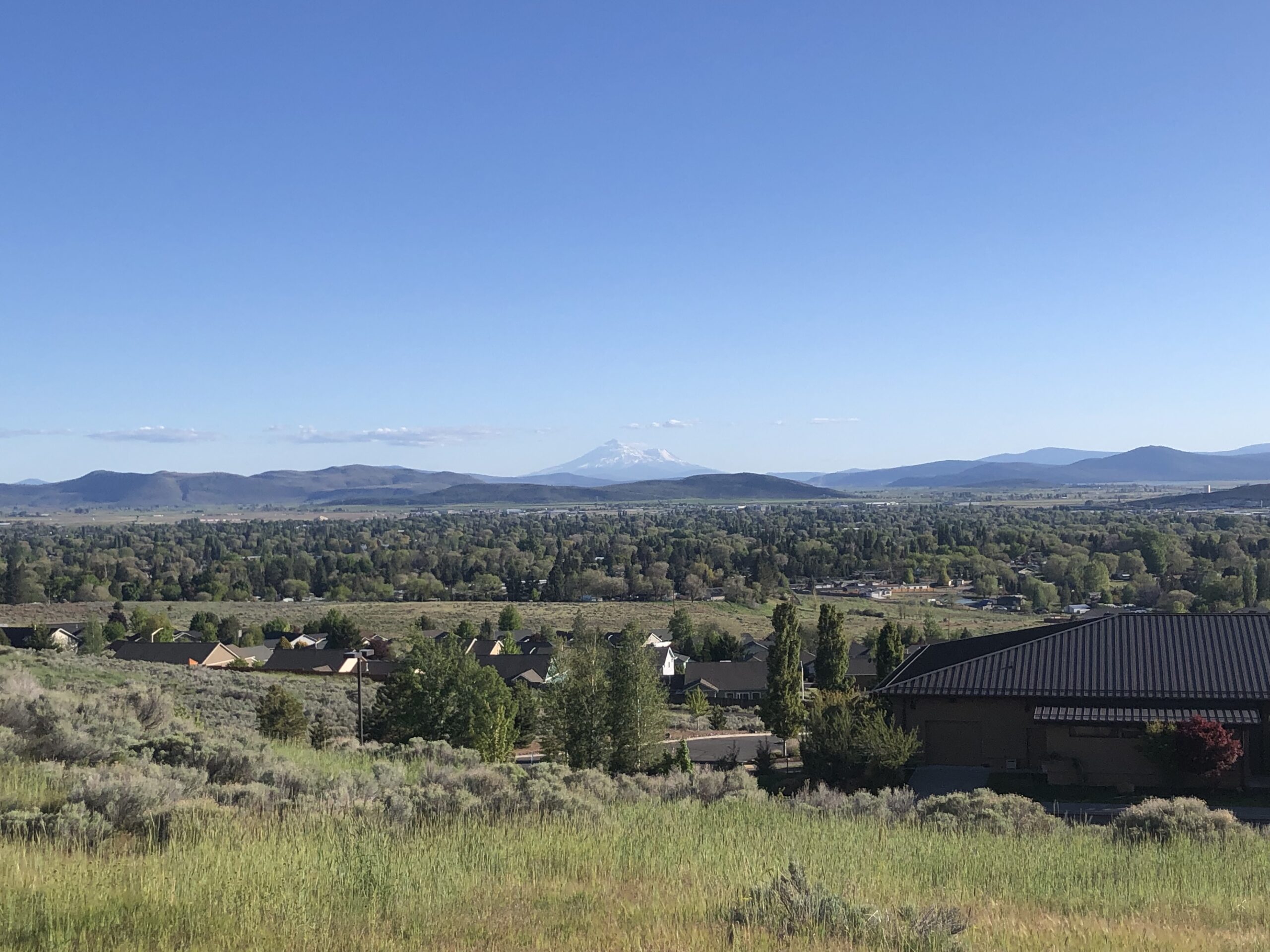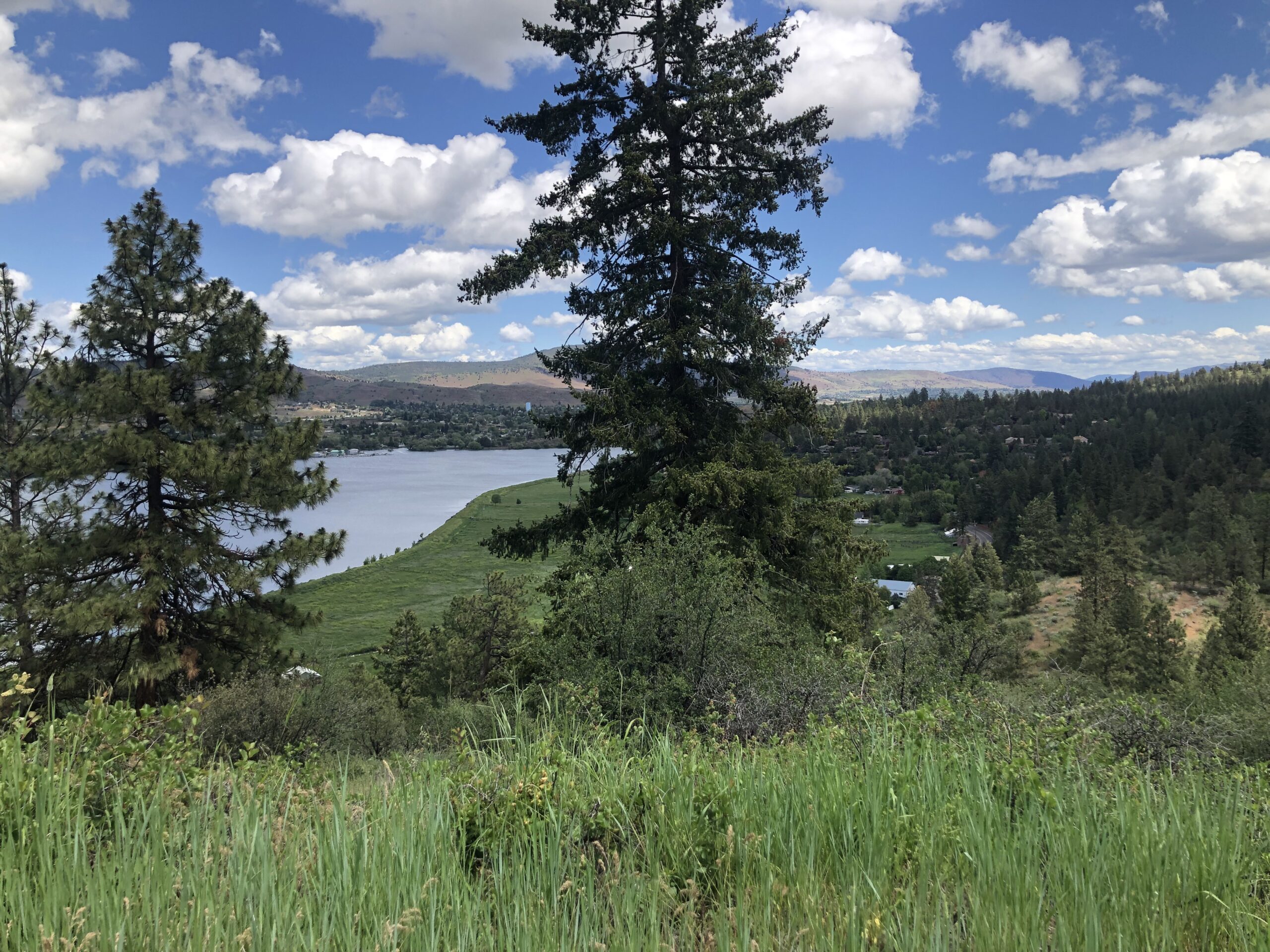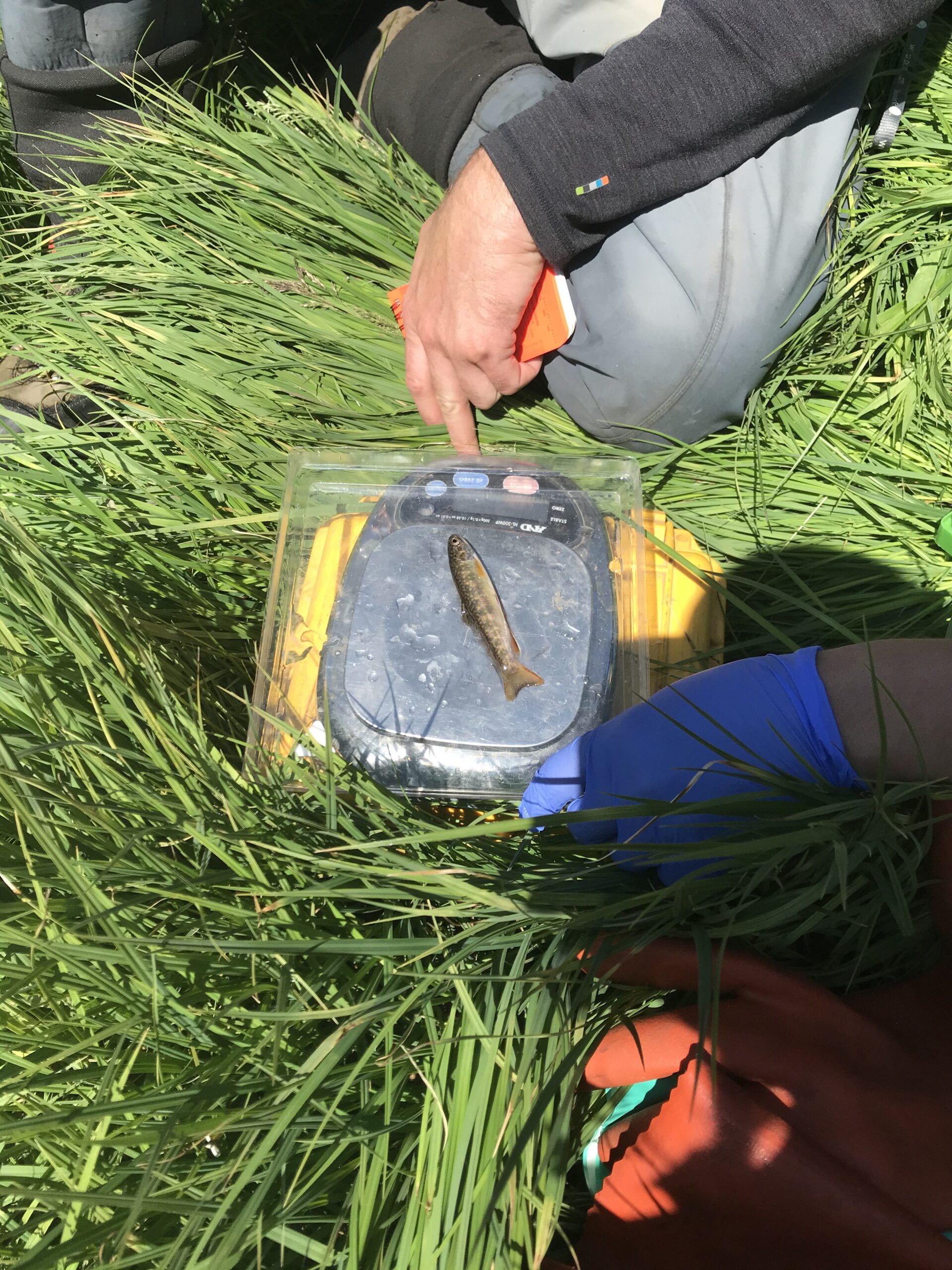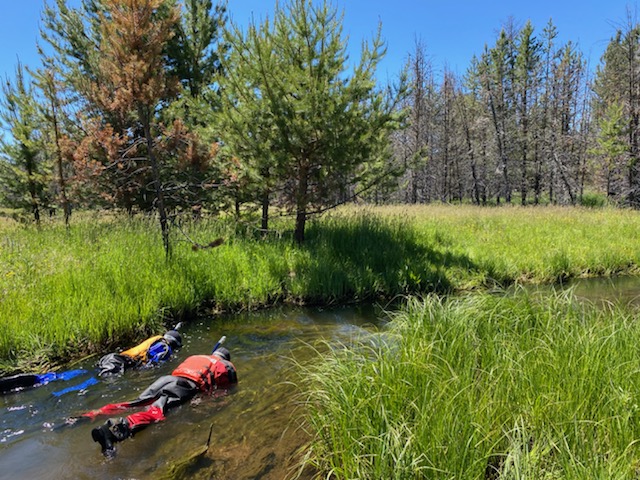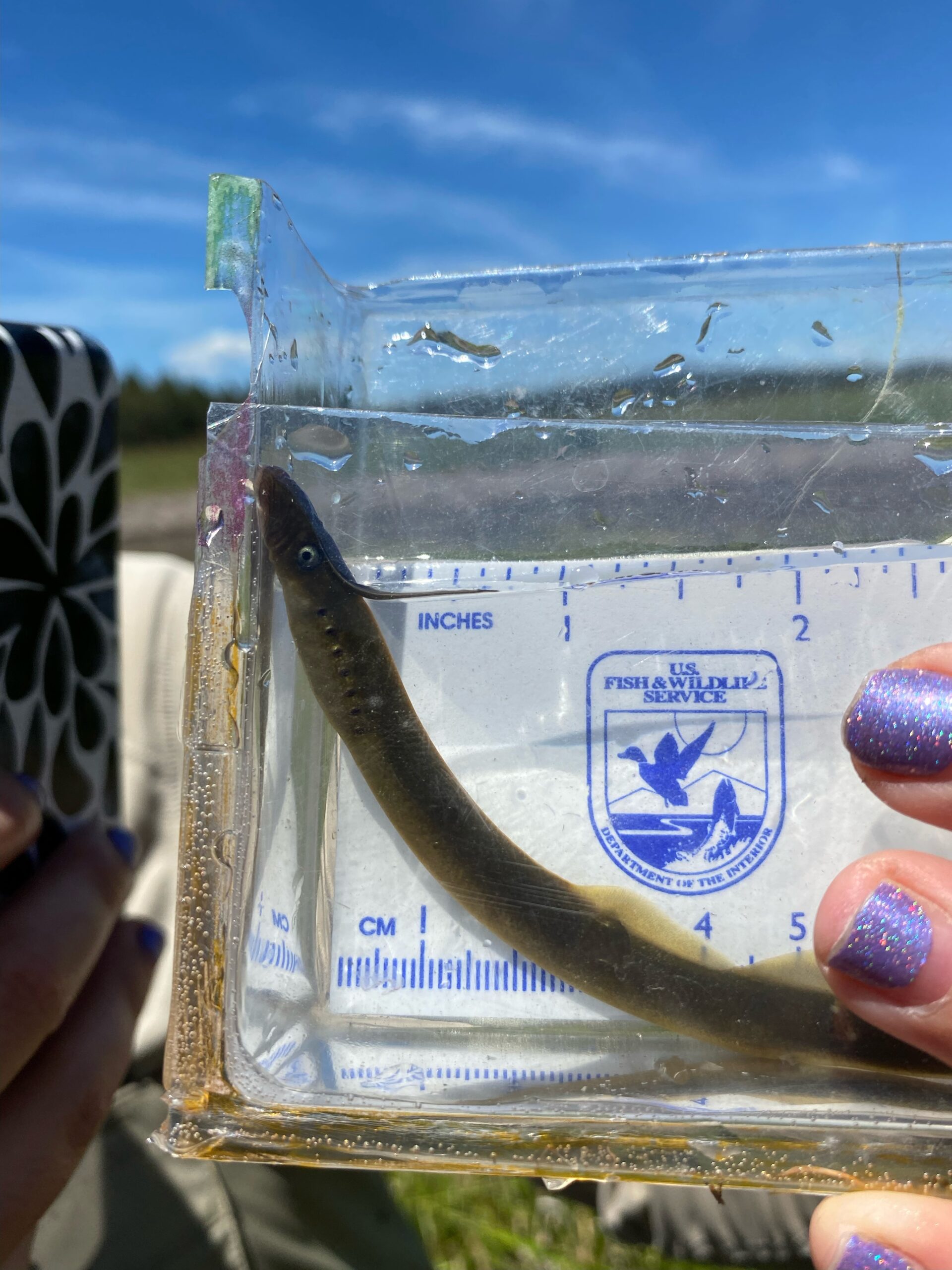June began with a package from my mom containing my forgotten raingear, which I needed for a few chilly, wet days. A bit of drizzle isn’t anything new to me, but the storms sure are. Two times now I’ve gotten caught in a car while a storm above drops hail the size of grapes, which pounds so loudly on the metal roof that you have to shout to be heard. Once the hail subsides, one can be sure to find dimples on the car body and the offending hunks of hail slowly melting in the ditch, inert.
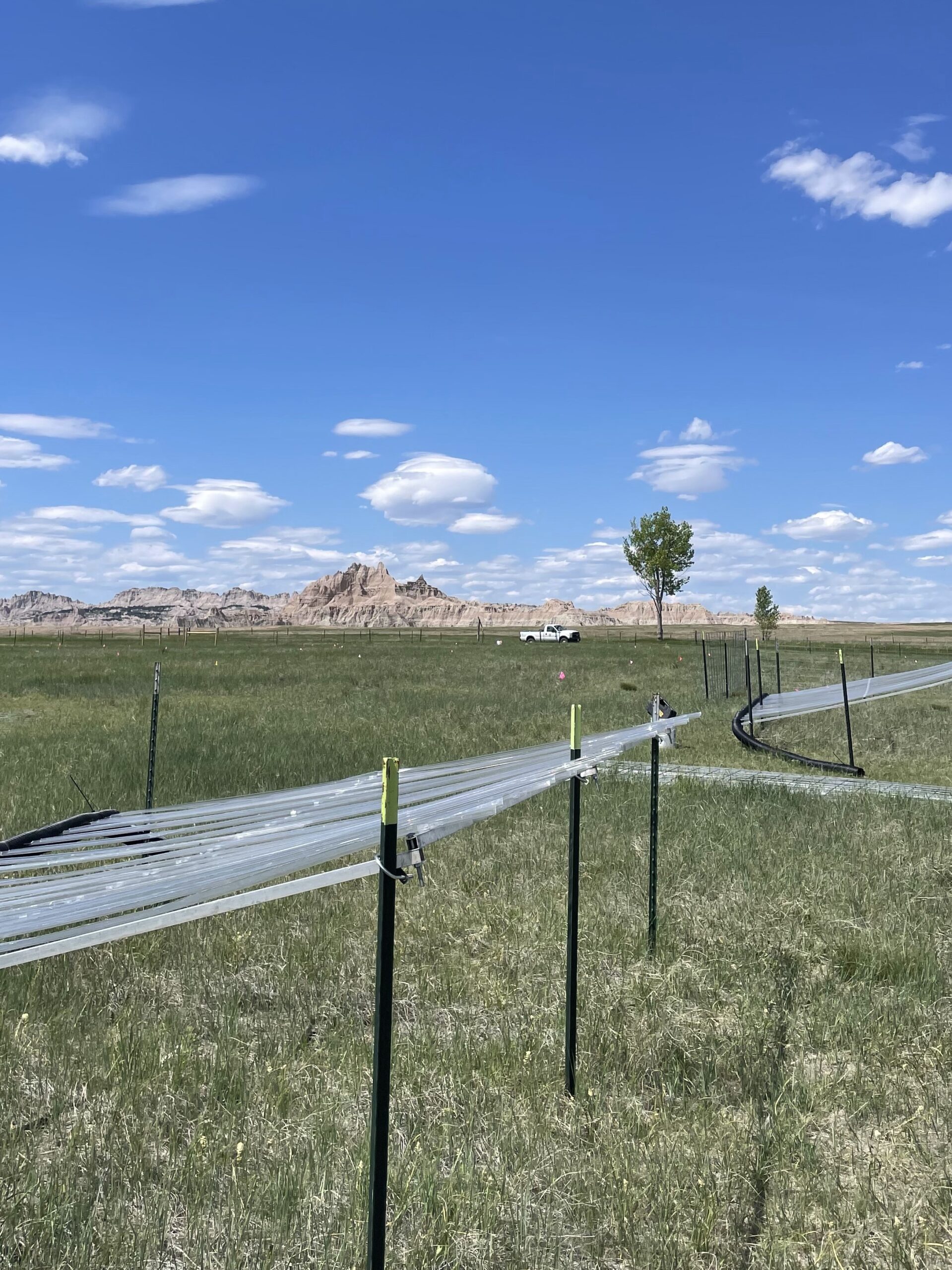
While the storms aren’t going to go away, the rain is no longer cold and it’s quite hot now. A few weeks ago it reached 102 degrees. We lunched under the shade of a singular, shrimpy cottonwood tree and the breeze still felt like it was gusting from an oven.
A week of June was also spent in Bill, Wyoming. Bill is an unincorporated township of about 10 people. Myesa and I were there helping the seasonal crew with a sagebrush fire study on Thunder Basin National Grassland, where we helped record aerial cover and stem counts. The craziest weather experienced there was just the wind: on Tuesday, everybody toppled over at least once. My knees hurt from bracing myself against the wind all day.
My time in Wyoming got me thinking about how much of ecological science is carried on the backs of young people. Sure, there are all the scientists and professors who publish the papers and design the experiments, but behind nearly each research project is a crew of several seasonals blundering through tall grass while trying to preserve the structural integrity of the data sheets and not-quite-rugged-enough plant field guide. The crew I worked with in Wyoming consisted of undergrads and recent college graduates, most of whom seemed to fall into the job because of a general interest in ecology and a stronger interest in employment, but not necessarily plants.
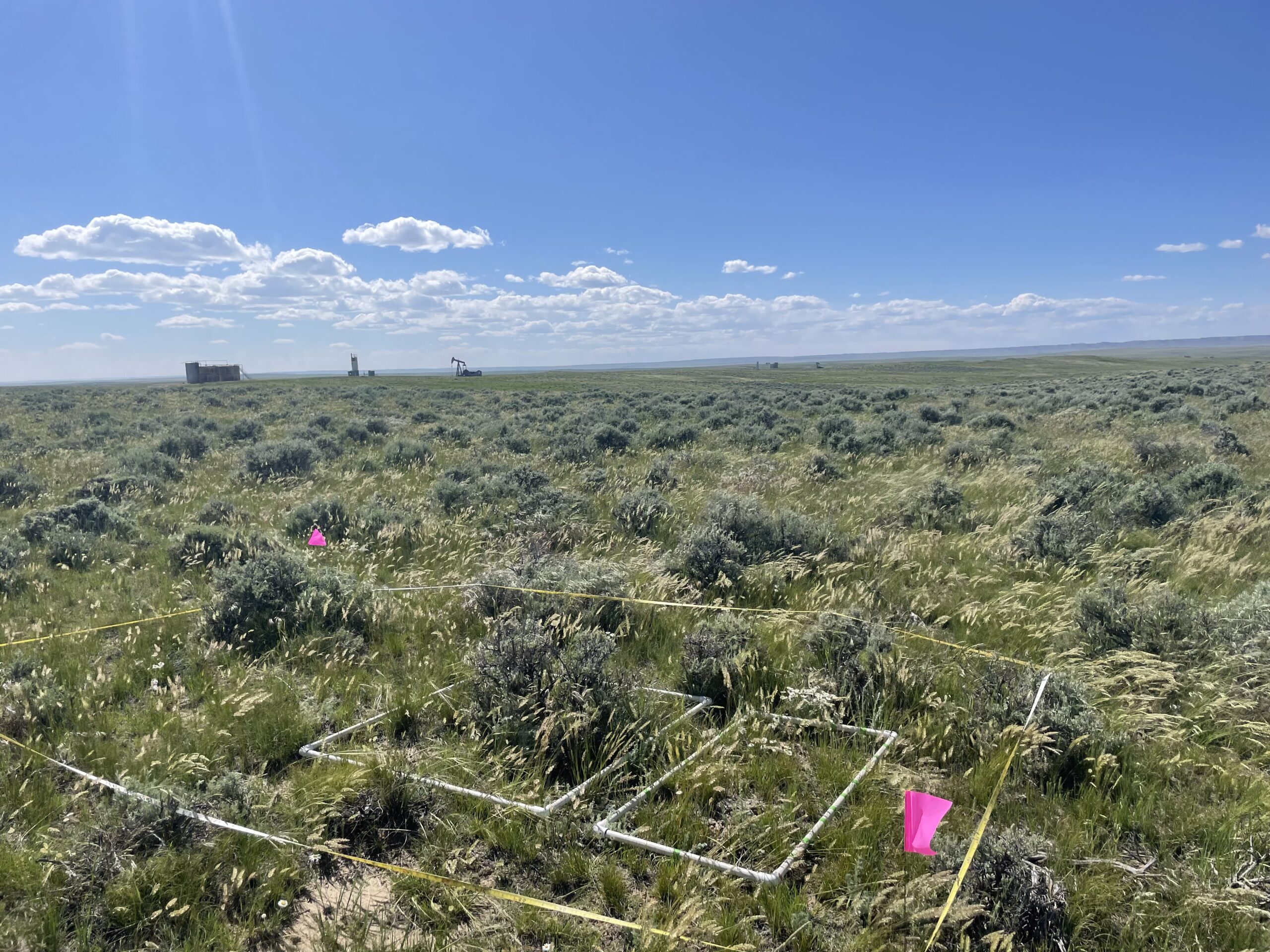
It seems like an almost obvious labor solution to hire only young people: our bodies aren’t broken yet and we don’t always know that it is wrong to cut your 30-minute lunch in half in order to get the job done, while earning $15/hour. It’s a shame that most scientific projects don’t receive the funding to thoroughly train seasonal workers who will have moved on by fall. I wonder about the robustness of some studies where plant identification is important. I have a couple years of experience with staring closely at plants and identifying them but if somebody has never really noted and wondered about the differences between, say, a maple leaf and an oak leaf… how many mistakes could they make, out here on the prairie, trying to determine the differences between these very similar grasses?
Don’t get me wrong, I love plants and I am thoroughly enjoying my internship but if I had to describe my ideal summer gig, I wouldn’t exactly be waxing poetic about the joys of straining my eyes and lower back to peer at grass ligules, determining if the plant at hand is Bouteloua dactyloides or Bouteloua gracilis and then counting each individual stem of grass. I can’t imagine doing this job without having a semblance of passion for the plants. Plant identification mistakes are too easy to make and can have a huge impact on the data.
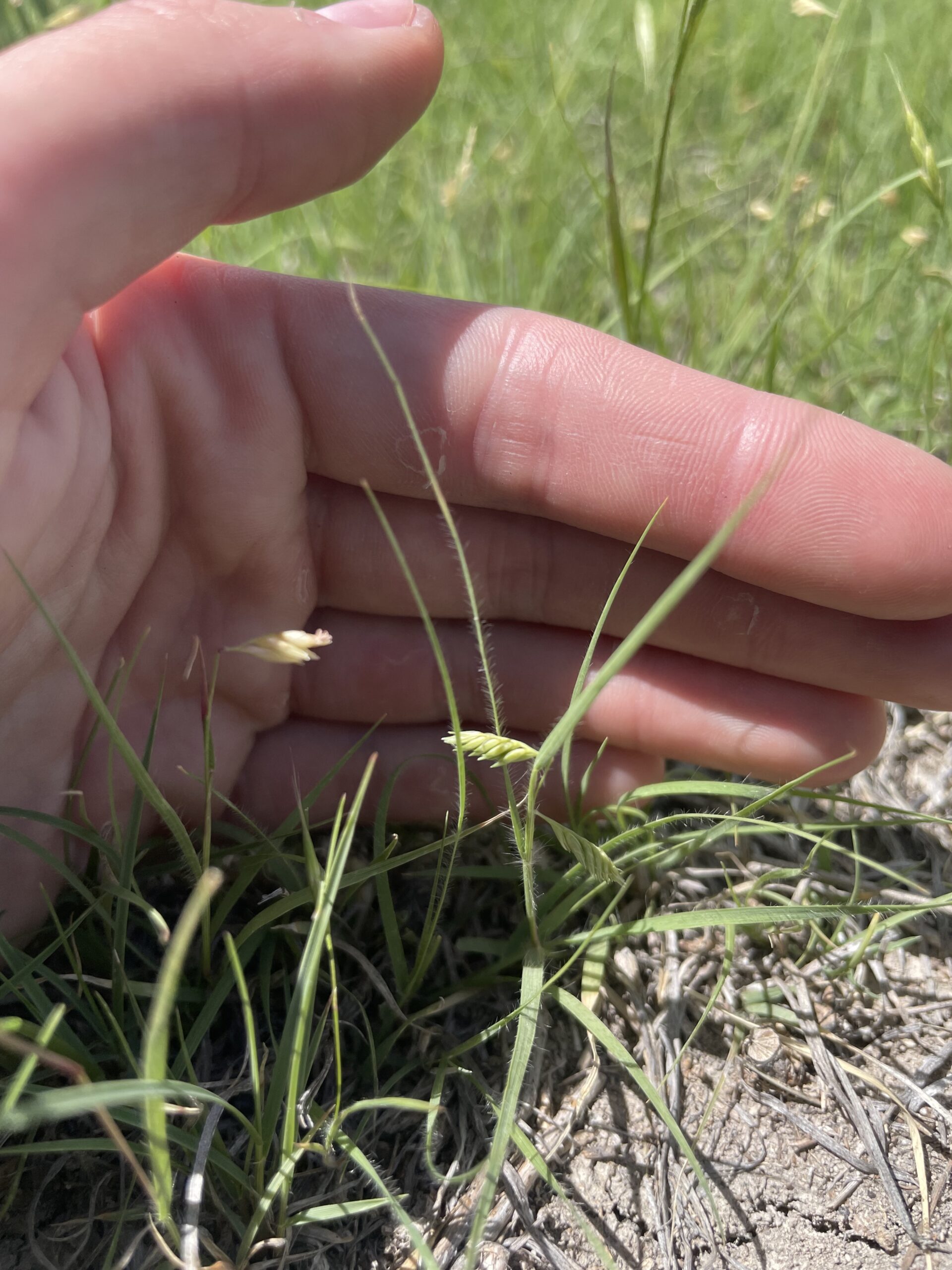
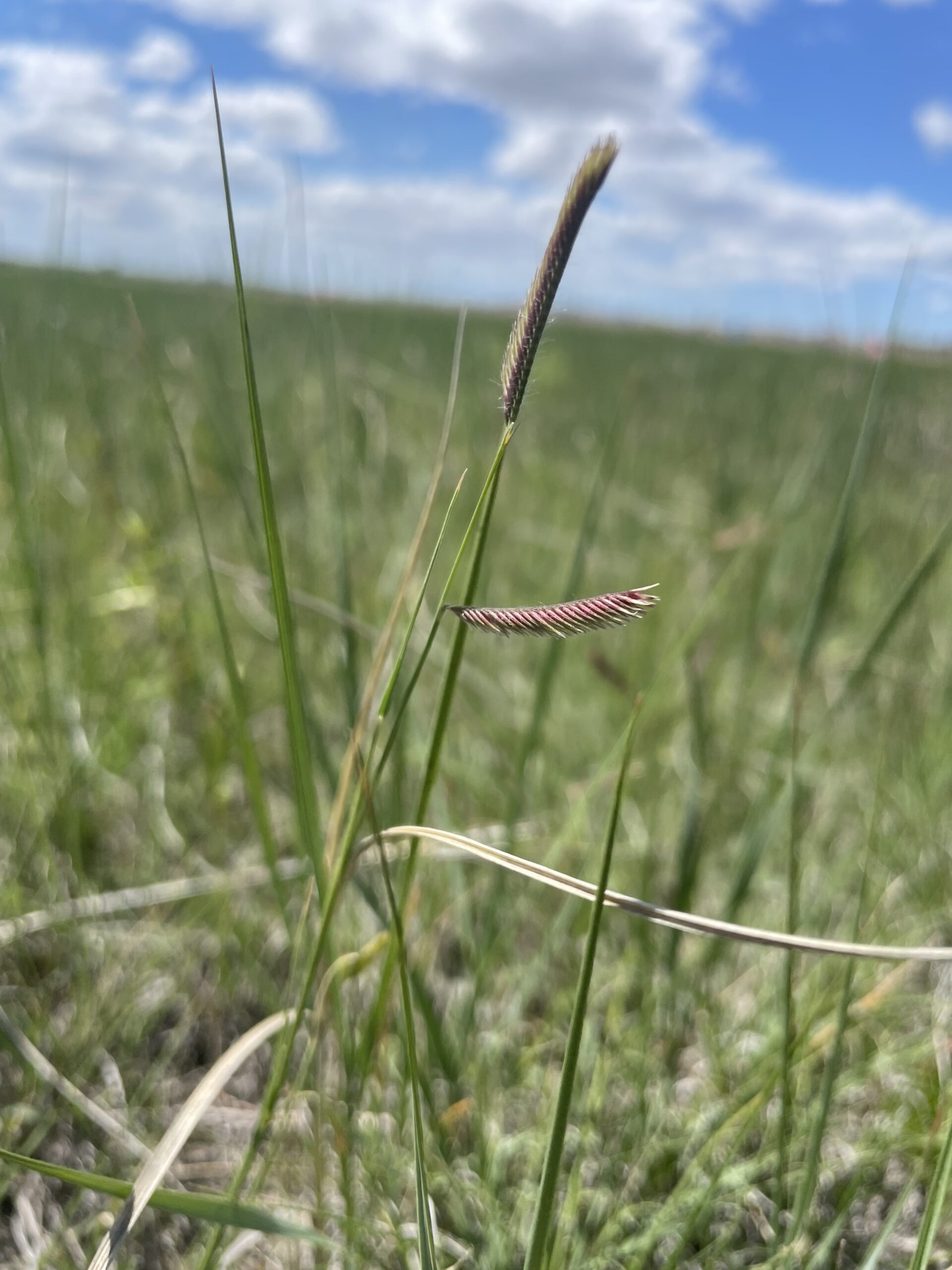
Both have distinct inflorescences, but when they are vegetative identification is achieved by checking for presence/absence of hairs on the leaf face and ligule.
There is a grass out here called Pascopyrum smithii, which is easily identified by its clasping purple auricles, strong venation, and sandpapery texture. However, there have been several instances while counting stems where I identify a grass and its auricles as P. smithii only to glance at the inflorescence and realize that I’m wrong, it’s Bouteloua curtipendula.
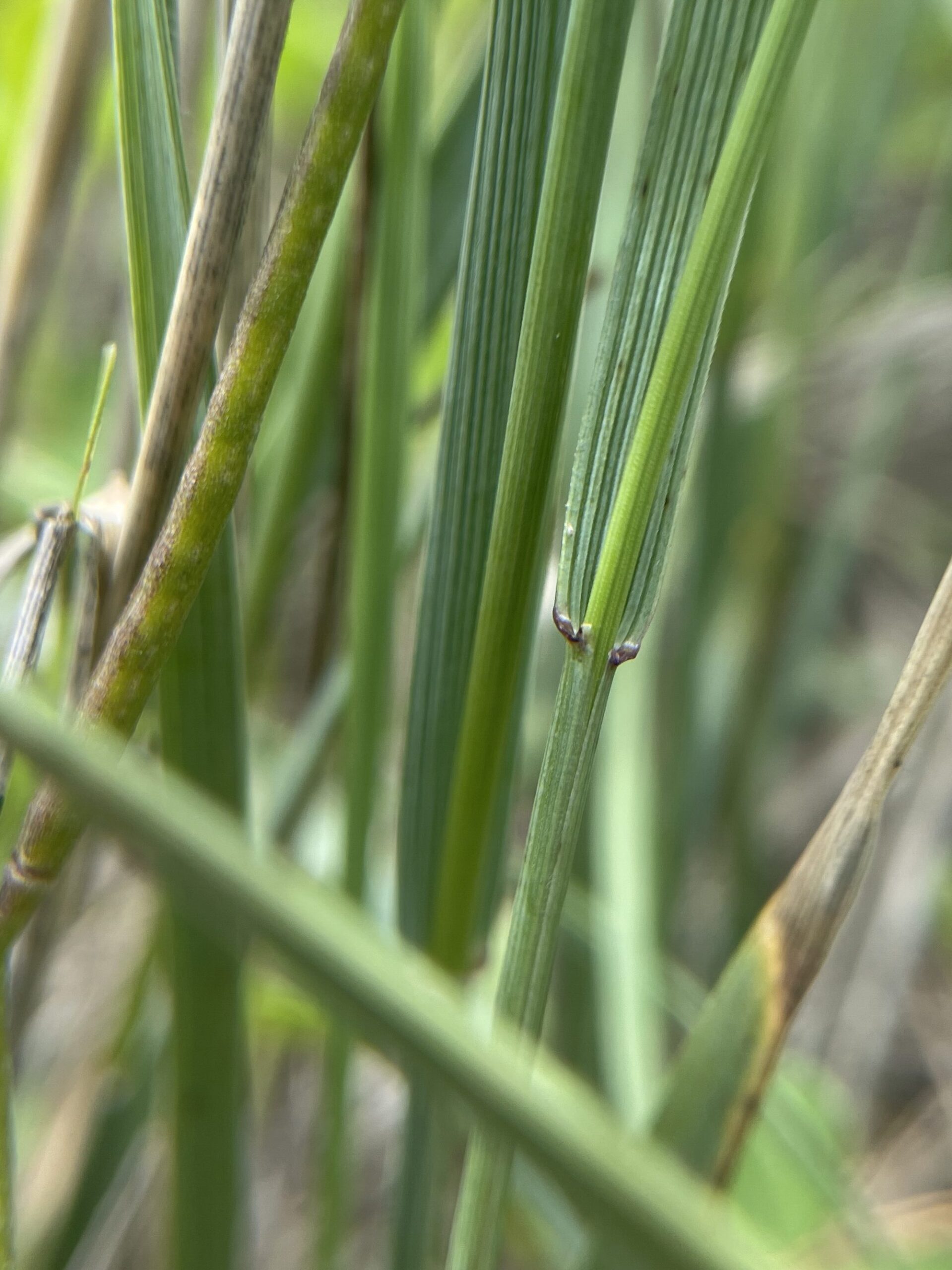
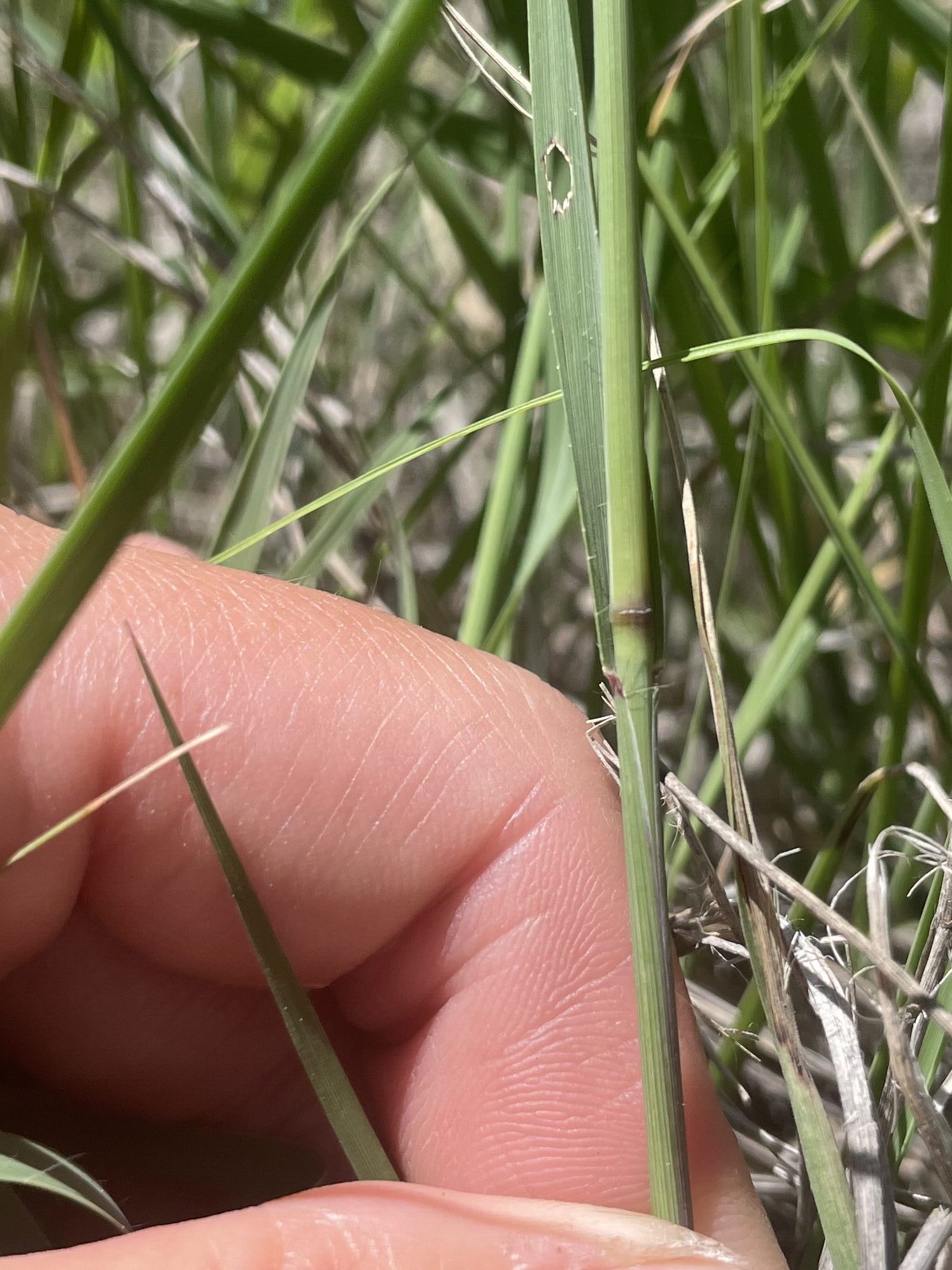
But of course, even if you have years of experience there are times where it is not enough. There are an infinite amount of perspectives that one can know plants from: from ornamental varieties to houseplants to vegetable gardens to native plants from one specific ecoregion, from agriculture to ethnobotany to taxonomy to functional traits to forest management to herbicide application.
A few summers ago I worked a plant survey job throughout Washington and Oregon when my partner and I came across a wondrously tall plant in town with large purple inflorescences.
“What could this beauty be?” we exclaimed in awe. “It’s so mighty and large! It looks sort of like a lilac, but it’s not the right time of year for lilacs to be blooming.”
We left the behemoth behind, un-keyed because it was not at a target site. Two years later, as I found myself cutting down and digging out and injecting poisons into invasive plants, I learned about Buddleja davidii. It’s also called butterfly bush, and it’s a beautiful ornamental plant from Asia, a plant people put in their gardens because it’s pretty and “feeds butterflies”. A plant that can produce up to 40,000 seeds per inflorescence and is very capable of pushing native plants out of their habitat.
The more I learn and do, the more I find myself feeling as if there is too much to know. The plant world is overwhelming and never ending, and perhaps no amount of training can ensure 100% accuracy, but at least I can rest assured that I will never cease to have the opportunity to learn more. At least Poaceae is less intimidating of a family than it was two months ago.
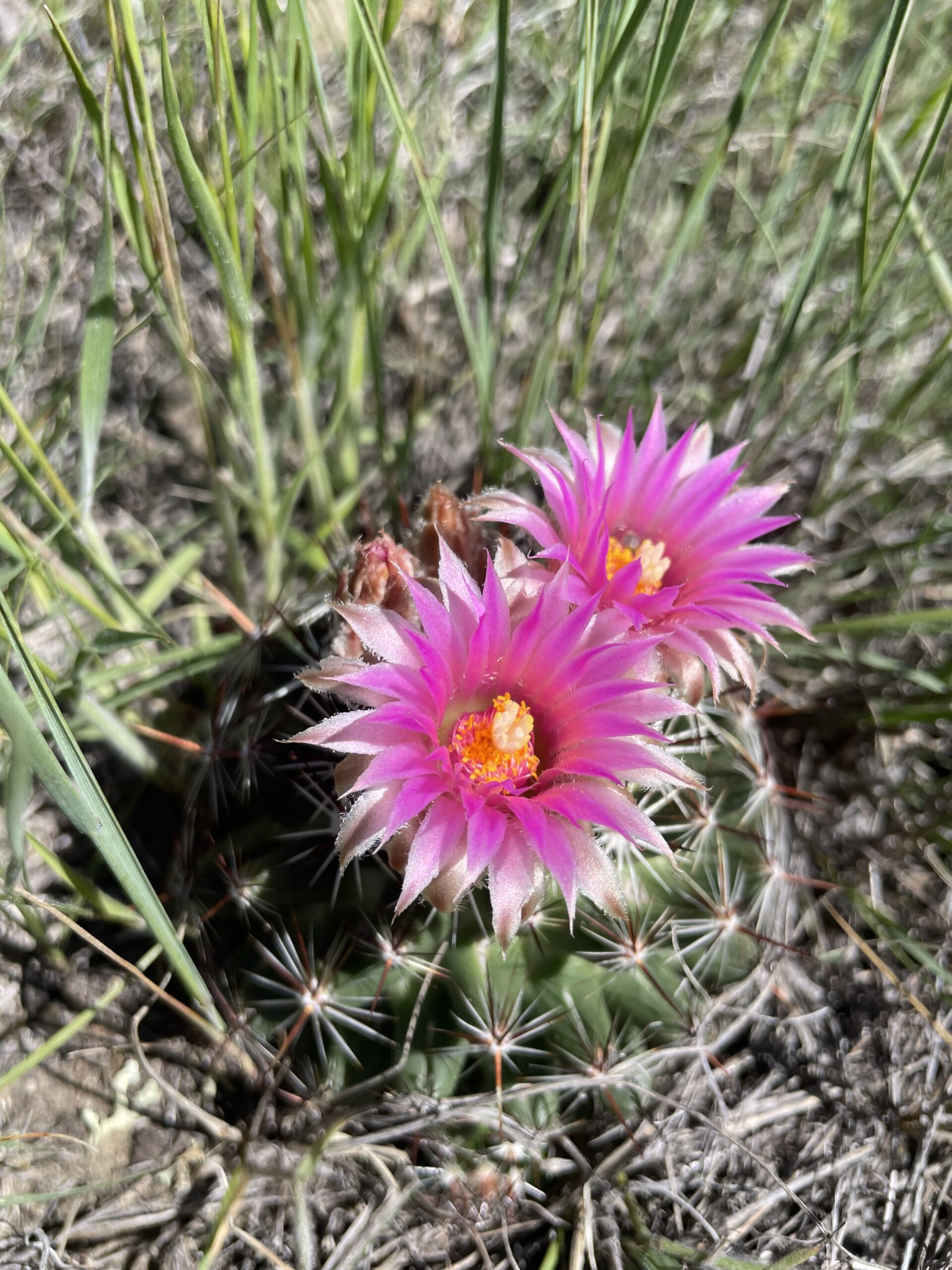
(spinystar)
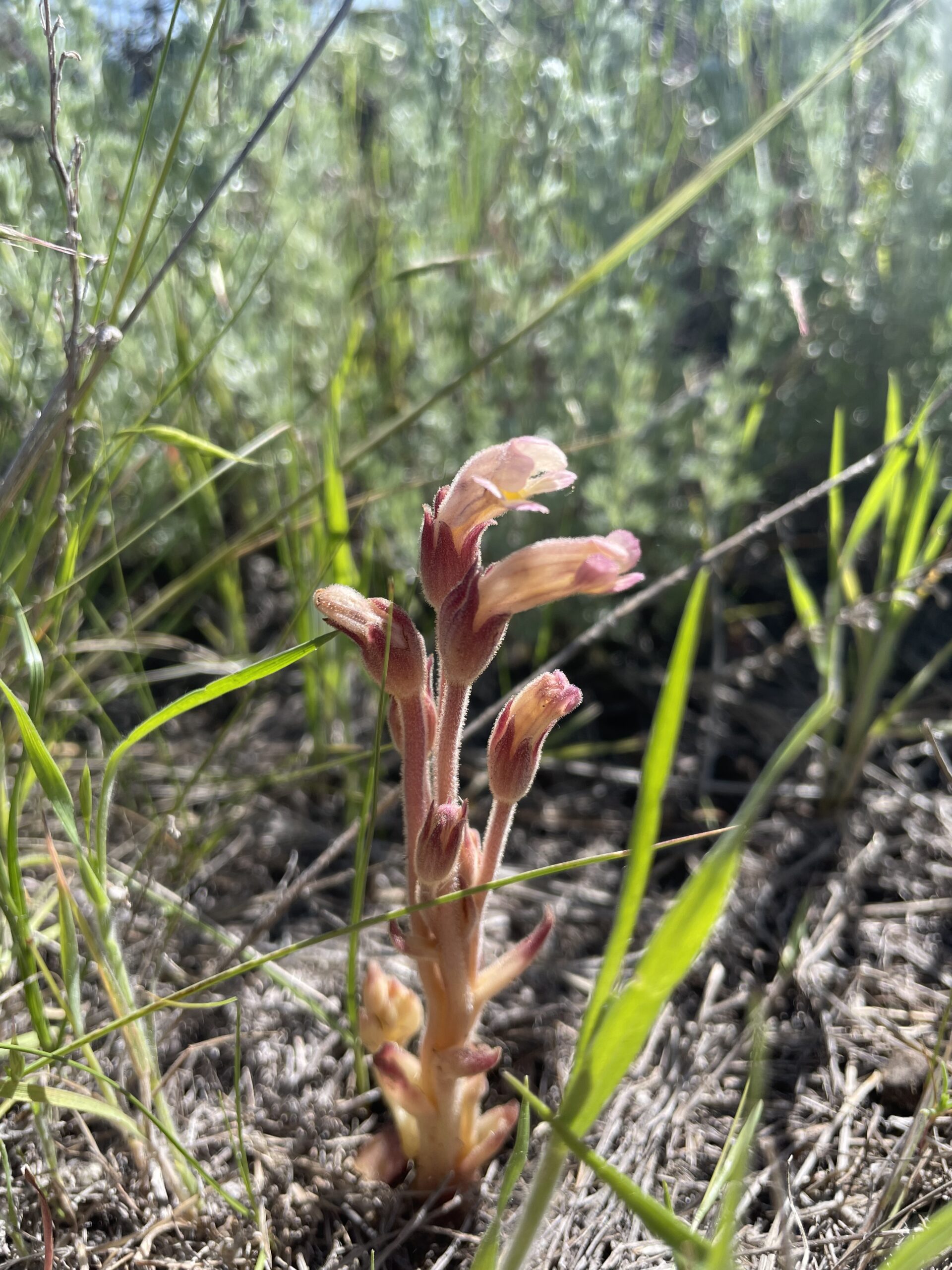
(clustered broomrape) parasitizing the Artemisia frigida (fringed sagebrush) in the background
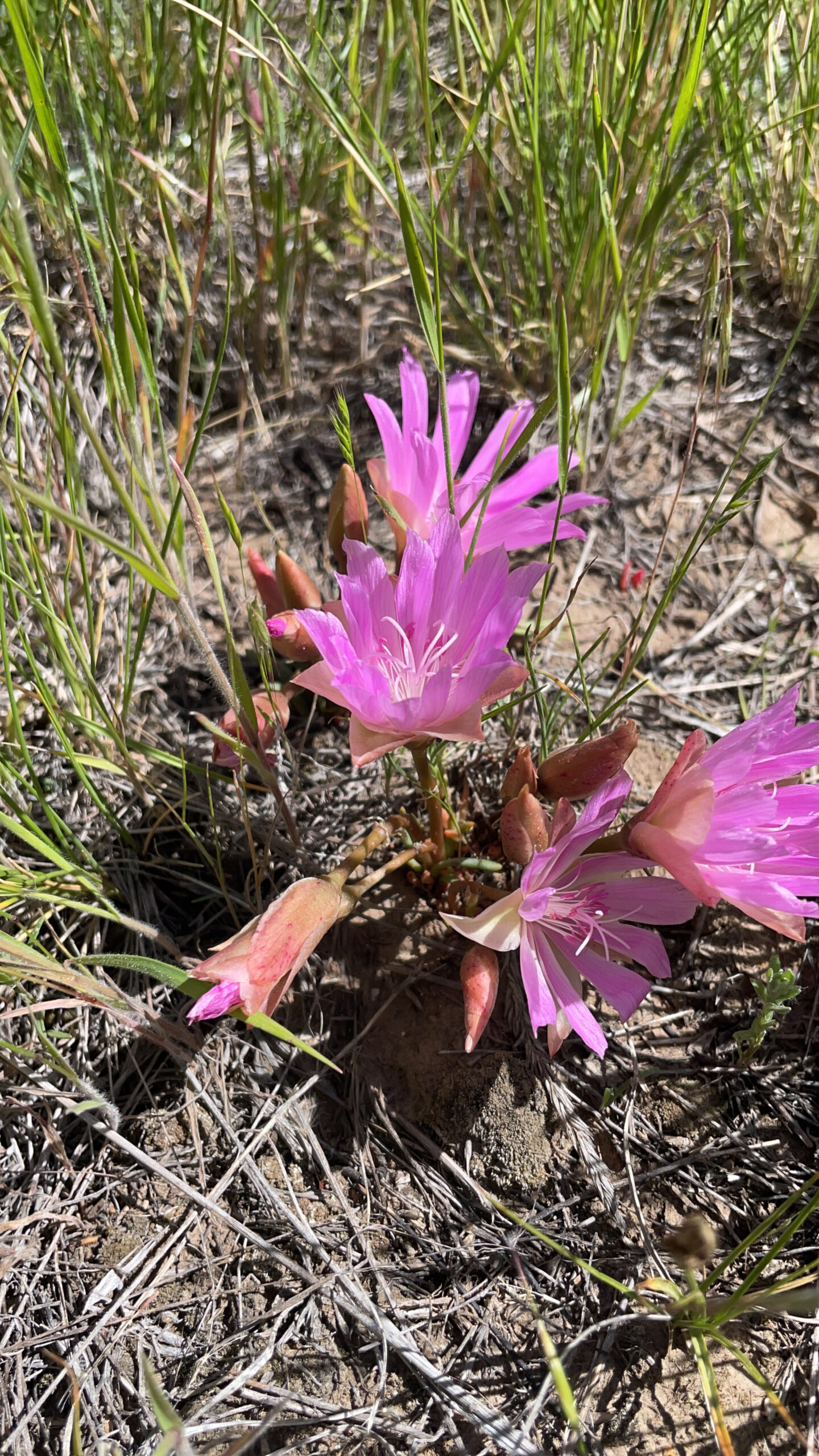
(bitterroot)

